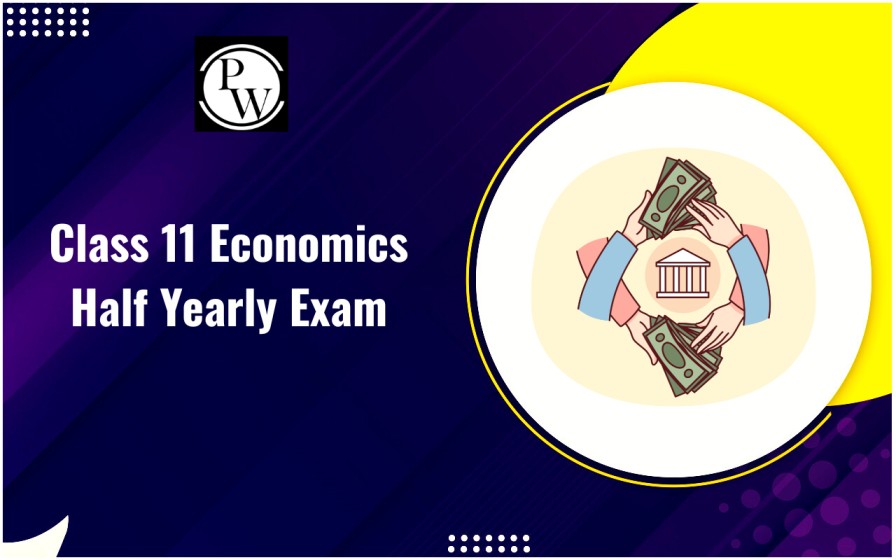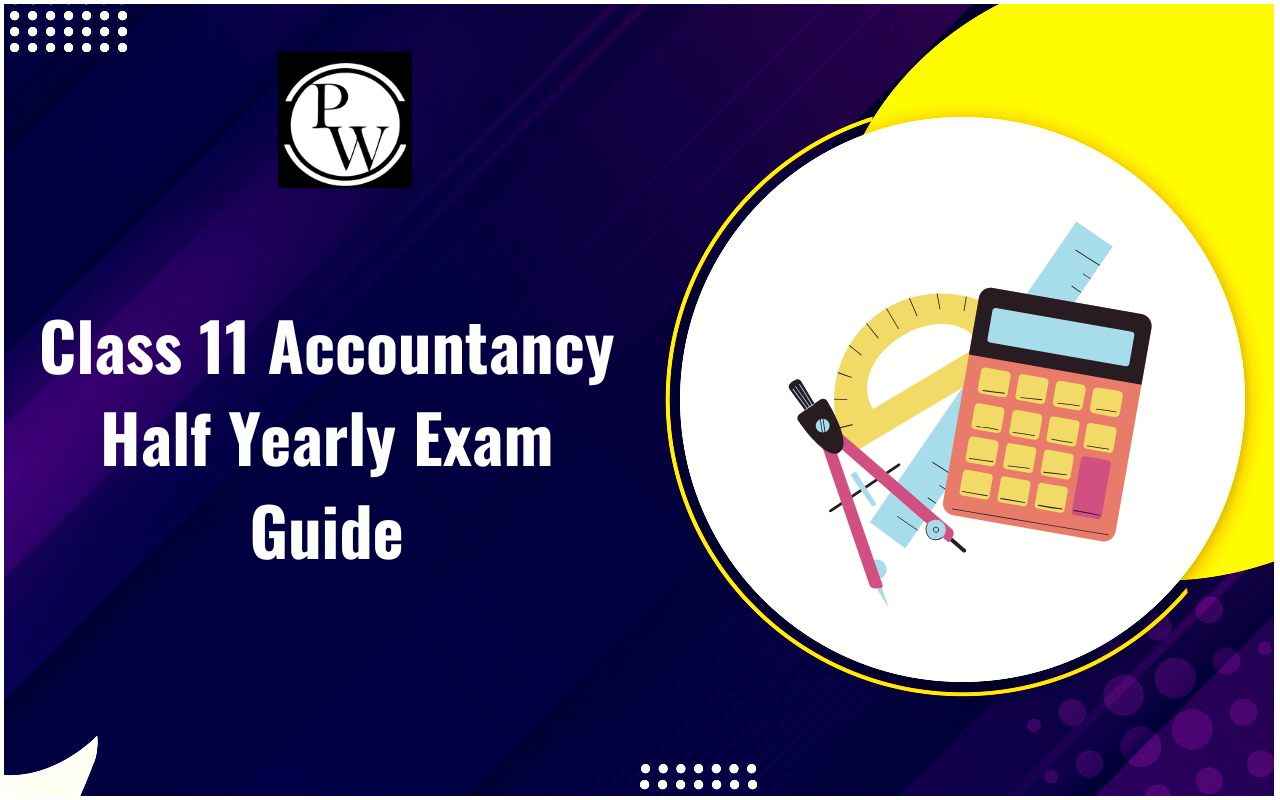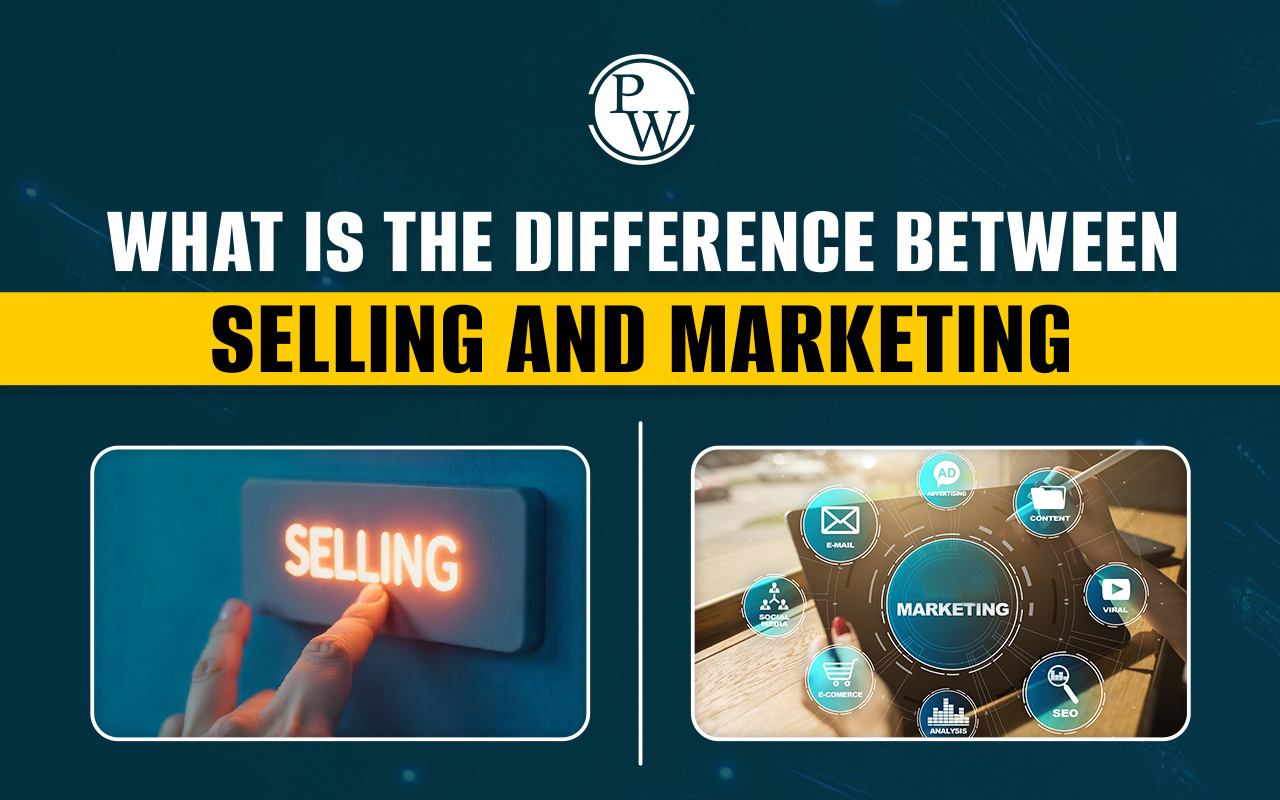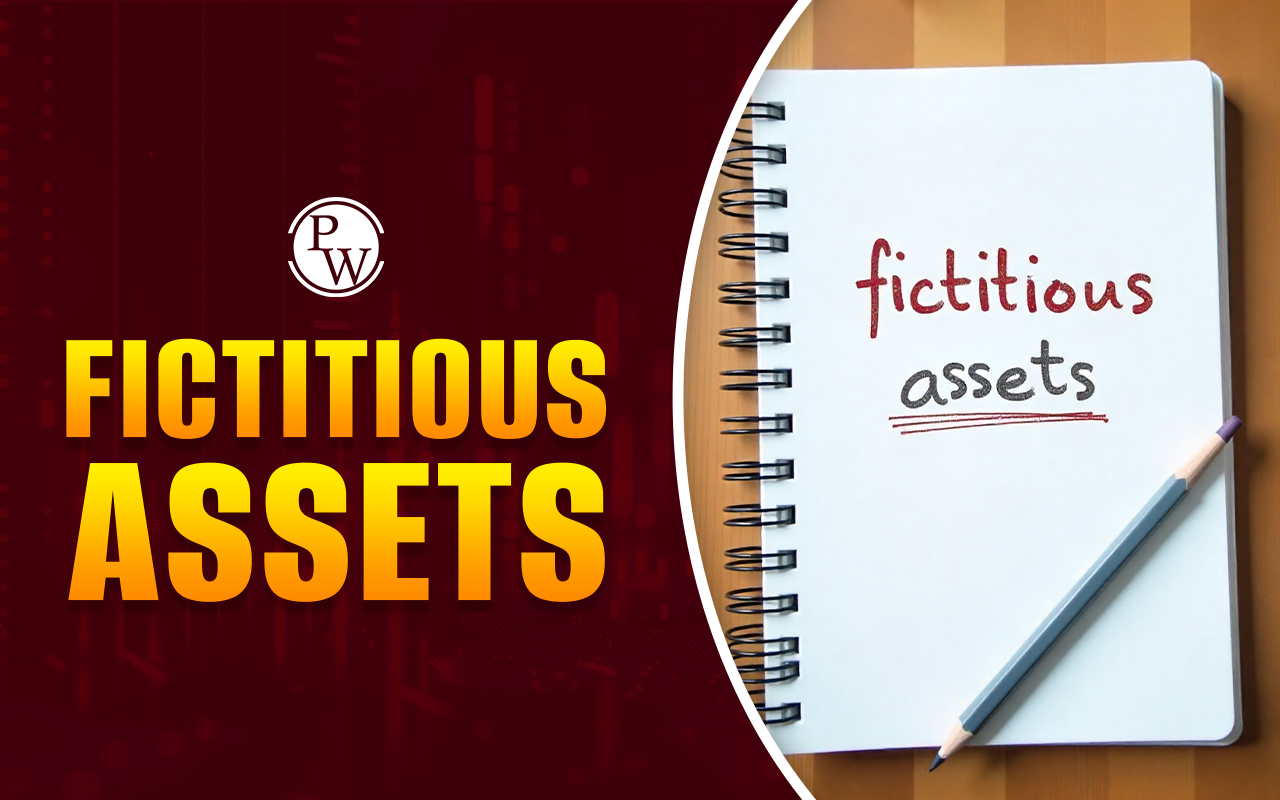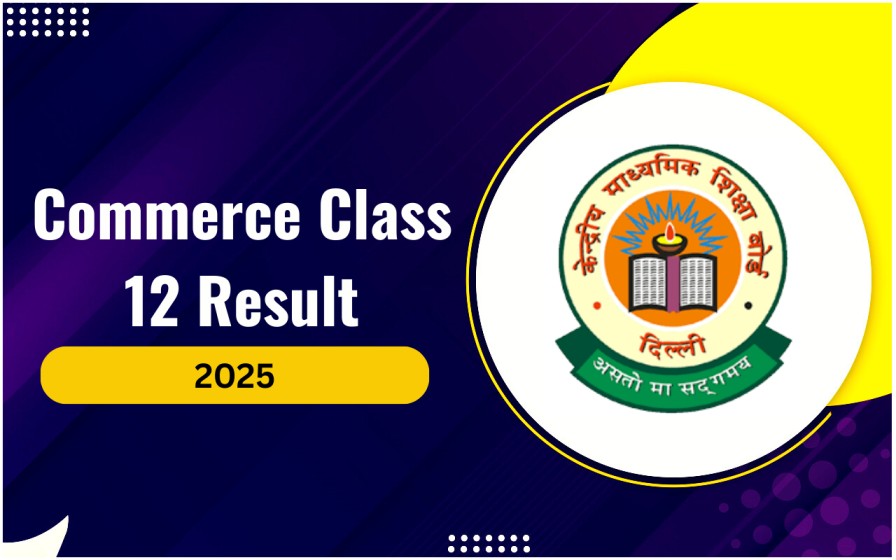
Barriers to Effective Communication: Communication refers to conveying ideas, thoughts, or information to others through various means such as signs, expressions, symbols, spoken words, and actions, among others. However, communication barriers can arise, hindering the effective transmission of the intended message from the sender to the receiver. Such barriers can manifest as interfering with the proper delivery or reception of the message, resulting in a lack of common understanding between the parties involved.
Barriers to Effective Communication can influence the quality of communication that reaches the recipient. Not every time the receiver understands the sent message appropriately.Major Types of Barriers to Effective Communication
Barriers come in various forms, such as linguistic, psychological, emotional, physical, and cultural impediments. Each type uniquely hinders successful communication, and we will explore them in detail below.Linguistic Barriers to Effective Communication
A significant barrier to effective communication is the language barrier, as language serves as a primary tool for communication. The existence of diverse languages in different regions poses a challenge, and dialects can vary significantly even within a short distance. This diversity extends to the workplace, where employees may possess differing linguistic skills. To address this, it is essential to consider the language proficiency of each individual, adapting communication strategies accordingly.Psychological Barriers to Effective Communication
Various mental and psychological factors can impede effective communication. Issues such as stage fear, speech disorders, phobias, and depression can be challenging to manage, significantly impacting the smooth flow of communication.Emotional Barriers to Effective Communication
An individual's emotional intelligence plays a crucial role in determining their ability to communicate effectively. Emotionally mature individuals tend to communicate more comfortably, while those overwhelmed by emotions may encounter difficulties. Achieving a balance between emotions and factual information is vital for effective communication, as extreme emotions like anger, frustration, or humour can cloud decision-making abilities and hinder communication effectiveness.Physical Barriers to Effective Communication
The most apparent barriers to effective communication are physical barriers, which are generally more easily addressed in theory. Examples of such barriers include noise, closed doors, malfunctioning communication equipment, and enclosed office spaces.Cultural Barriers to Effective Communication
In an increasingly globalized world, large offices often comprise individuals from diverse parts of the globe. Varied cultures attach different meanings to fundamental societal values, encompassing aspects like attire, religious beliefs (or lack thereof), dietary preferences, beverages, pets, and overall behavior.Organizational Structure
At the organizational level, various communication methods exist, each with its unique problems and constraints that can impede effective communication. These barriers often arise due to misinformation or insufficient transparency accessible to employees.Attitude Barriers to Effective Communication
Individuals with a preference for solitude, such as introverts or those less socially inclined, and those with overly social or clingy tendencies can pose challenges to communication. Attitude issues, such as a significant ego and inconsiderate behavior, can strain communication channels significantly. While certain traits like shyness, anger, or social anxiety may be addressed through training and courses, issues like egocentrism and selfishness may prove challenging to correct.Perception Barriers to Effective Communication
Diverse individuals perceive identical information in distinct ways, a reality to be mindful of during the communication process. Understanding the audience's perception levels is pivotal for effective communication. Messages or communications should be straightforward and clear, leaving no room for varied interpretations.Physiological Barriers to Effective Communication
Certain disorders, illnesses, or limitations can hinder effective communication within an organization. Examples include voice shrillness and dyslexia, but these barriers are not insurmountable as they can be compensated for and overcome.Technological Barriers to Effective Communication
Additional barriers encompass technological barriers. The rapid pace of technological development poses a challenge in keeping abreast of the latest advancements, potentially impeding communication. Moreover, the associated high costs of technology can present barriers to effective communication.Looking for the Best Commerce Coaching?
Enroll Now in Commerce Batches!
Tips for Overcoming Barriers to Effective Communication
Consider the timing: Always assess whether the current moment is appropriate for communication. Engaging with someone who is sad or uninterested may result in one-sided communication. Mind your tone, language, and pitch: Ensure that your voice is audible and considerate, avoiding any harm to others' feelings. Seek feedback: Communication is a mutual process, and it's crucial to confirm that your message has been understood. Facial expressions in face-to-face interactions can convey understanding, but in other cases, actively seek feedback. Enhance listening skills: Positive attitude, patience, clarity, and attention are essential for effective communication. Developing good listening skills helps extract maximum information from messages. Pay attention to body language: Maintain positive body language, including upright sitting or standing positions and controlled movements. Maintain eye contact: Proper eye contact reflects interest and attentiveness, a crucial skill for effective communication. Develop verbal communication skills: If public speaking is a challenge, practice in advance or consider taking speech classes to improve verbal communication. Identify and eliminate noise sources: Noise can be a significant communication barrier. Identify and remove factors causing interference to prevent disruptions. Address weaknesses: Regularly work on improving all aspects of communication, seeking suggestions to identify and enhance areas that need development.| Read Related Topics | |||
| Trade Deficit | Organization of Economic Activities | Rural Development | Real Interest Rate |
| Partnership Deed | Planning Process | Perfect Competition | Responsibility Center |
Barriers to Effective Communication FAQs
What is the strongest barrier to communication?
The strongest barrier in communication is often considered to be a lack of understanding or misinterpretation of the message.
What are psychological barriers?
Psychological barriers are mental or emotional factors, such as fear, anxiety, or prejudice, that impede effective communication.
What are physical barriers?
Physical Barriers to Communication include obstacles like noise, closed doors, faulty equipment, and other tangible factors that hinder the exchange of information.
What are cultural barriers?
Cultural barriers are differences in values, beliefs, and customs between individuals or groups, impacting communication due to diverse interpretations.
What is a gender barrier?
Gender barriers refer to obstacles in communication arising from stereotypical expectations and differences between males and females.
Talk to a counsellorHave doubts? Our support team will be happy to assist you!

Check out these Related Articles
Free Learning Resources
PW Books
Notes (Class 10-12)
PW Study Materials
Notes (Class 6-9)
Ncert Solutions
Govt Exams
Class 6th to 12th Online Courses
Govt Job Exams Courses
UPSC Coaching
Defence Exam Coaching
Gate Exam Coaching
Other Exams
Know about Physics Wallah
Physics Wallah is an Indian edtech platform that provides accessible & comprehensive learning experiences to students from Class 6th to postgraduate level. We also provide extensive NCERT solutions, sample paper, NEET, JEE Mains, BITSAT previous year papers & more such resources to students. Physics Wallah also caters to over 3.5 million registered students and over 78 lakh+ Youtube subscribers with 4.8 rating on its app.
We Stand Out because
We provide students with intensive courses with India’s qualified & experienced faculties & mentors. PW strives to make the learning experience comprehensive and accessible for students of all sections of society. We believe in empowering every single student who couldn't dream of a good career in engineering and medical field earlier.
Our Key Focus Areas
Physics Wallah's main focus is to make the learning experience as economical as possible for all students. With our affordable courses like Lakshya, Udaan and Arjuna and many others, we have been able to provide a platform for lakhs of aspirants. From providing Chemistry, Maths, Physics formula to giving e-books of eminent authors like RD Sharma, RS Aggarwal and Lakhmir Singh, PW focuses on every single student's need for preparation.
What Makes Us Different
Physics Wallah strives to develop a comprehensive pedagogical structure for students, where they get a state-of-the-art learning experience with study material and resources. Apart from catering students preparing for JEE Mains and NEET, PW also provides study material for each state board like Uttar Pradesh, Bihar, and others
Copyright © 2025 Physicswallah Limited All rights reserved.


